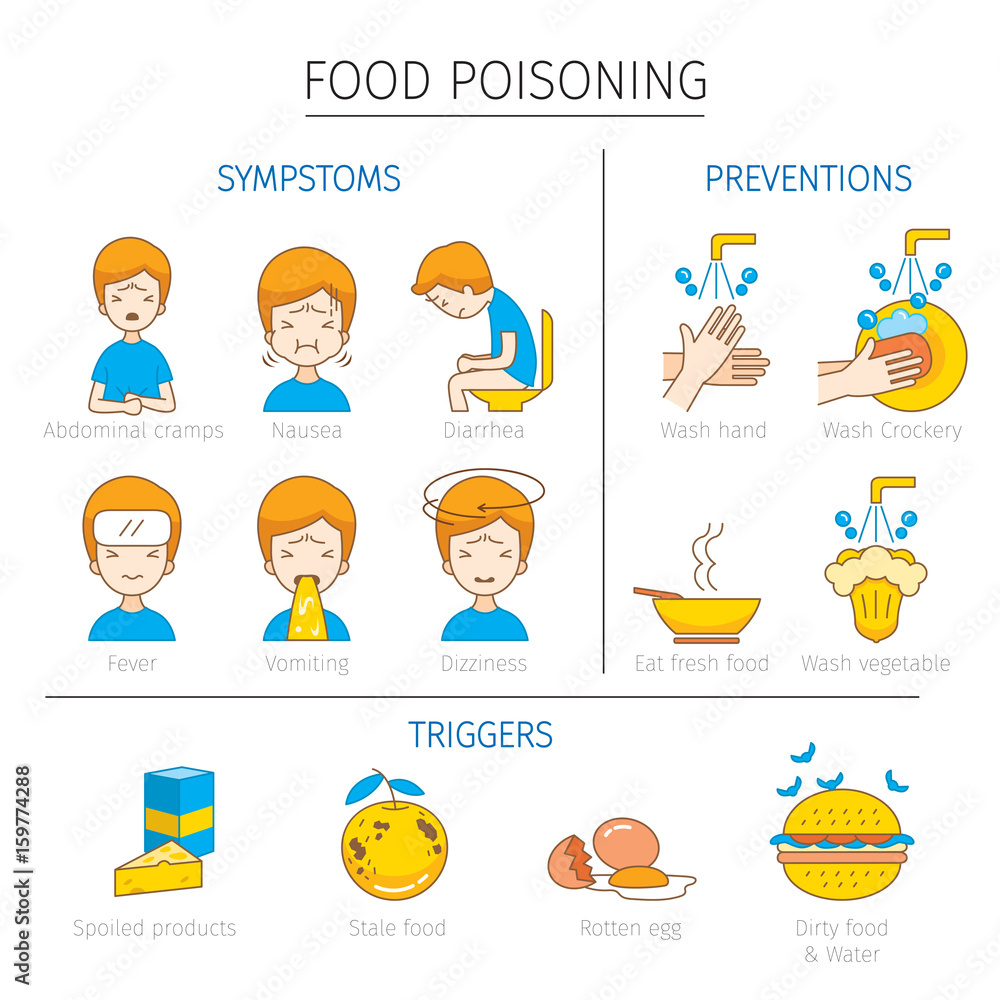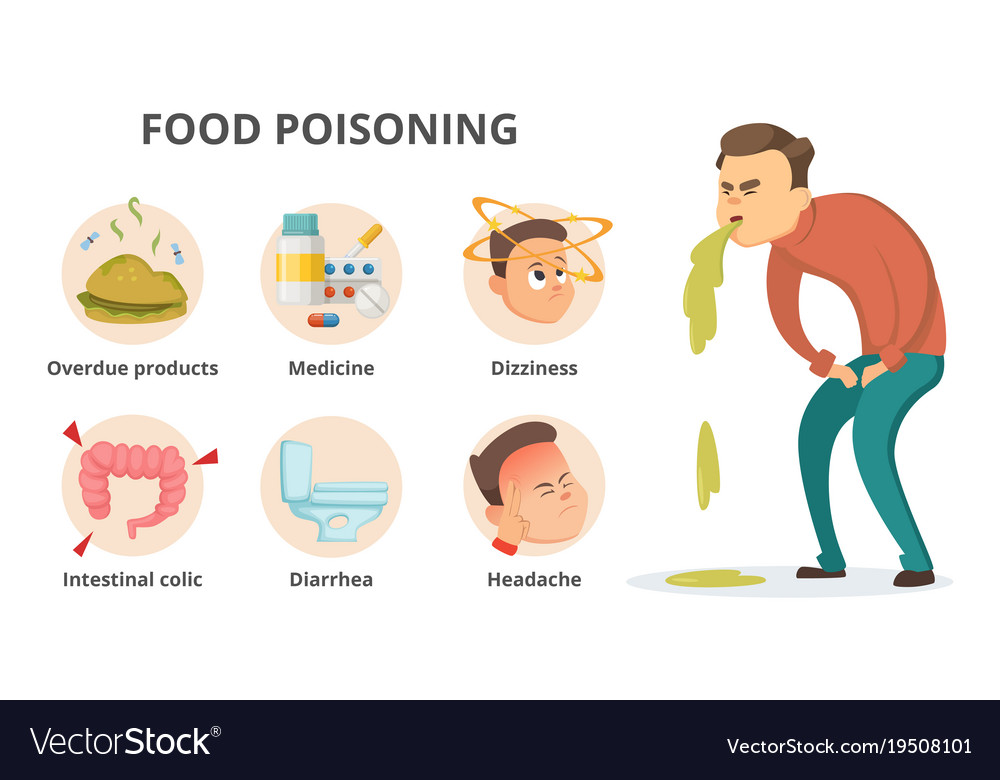Have A Tips About How To Diagnose Food Poisoning
/salmonella-diagnosis-5ae0c06bc5542e0036f0f76b.png)
Replacing lost fluids and electrolytes is the most important treatment for food.
How to diagnose food poisoning. Bloody diarrhea, high fever (temperature over. When to see a doctor for food poisoning, see your doctor or healthcare provider if you have symptoms that are severe, including: Chills often accompany a fever, which can occur in cases of food poisoning.
Sickness caused by food poisoning generally lasts. Contaminated means it’s infected with a toxic organism, such as a bacteria, fungus, parasite or virus. In severe cases, blood tests, stool tests, and tests on.
Most types of food poisoning cause one or more of the following signs and symptoms: Dangerous food poisoning circumstances include over three days of drastic symptoms, such as diarrhea, a high fever of 102, dehydration or a damaging effect to sight or. Resources are available to educate consumers on food recalls and proper handling, storage, and cooking of foods.
The symptoms of food poisoning depend on the bacteria or other source causing it, but the most common symptoms are nausea and diarrhea. This may be recommended so as to assess electrolyte levels, as well as check kidney function. Food poisoning symptoms aren’t always the same, but they often include:
Thinking it’s too cold, your body shivers in an attempt to warm up. With so many types of foodborne germs, incubation. Check if you have food poisoning, symptoms of food poisoning include:
Cases of food poisoning are usually mild and only last a few days. A doctor may be able to diagnose the type of food poisoning based on your symptoms. How food poisoning is diagnosed.
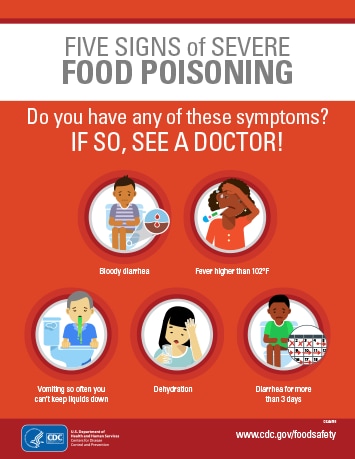

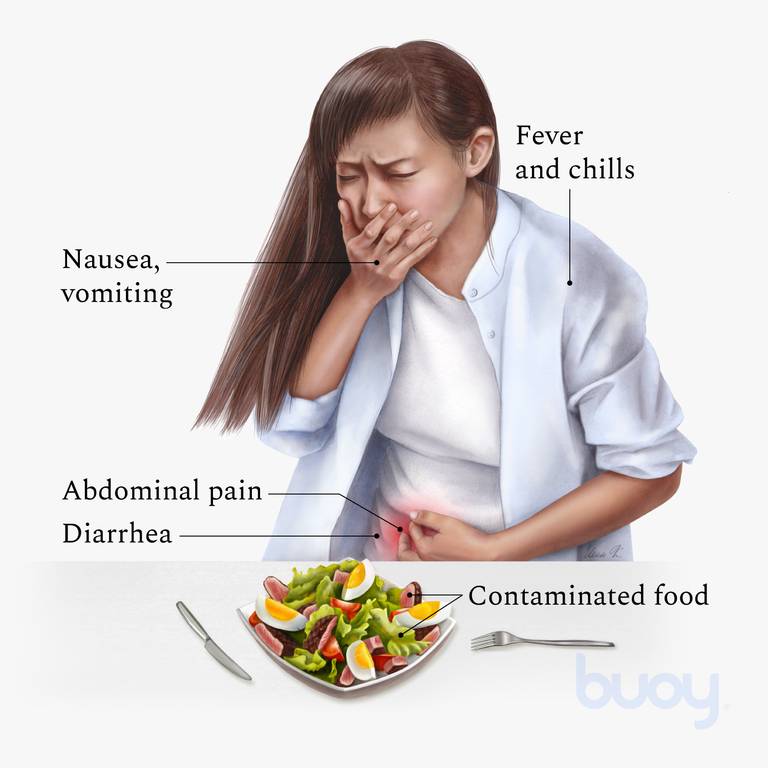

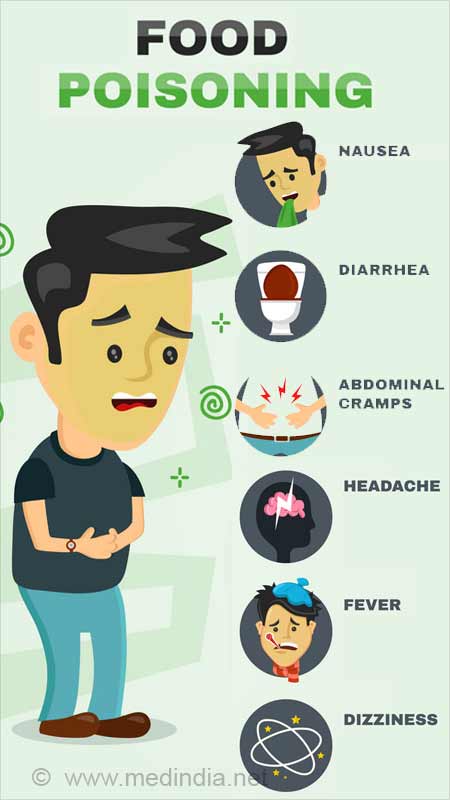
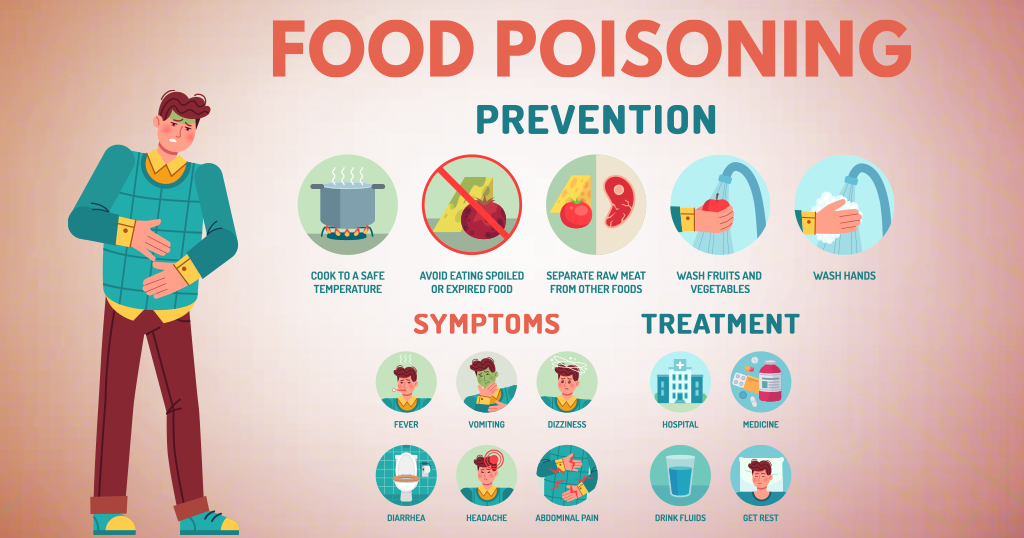
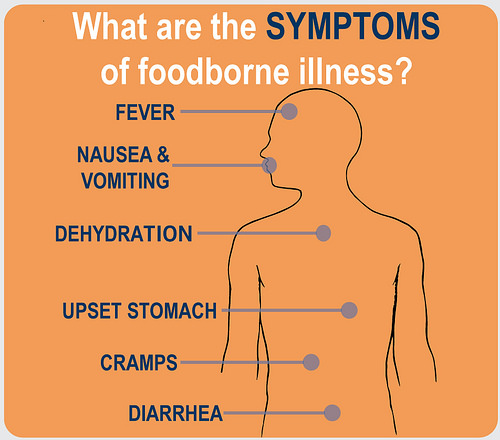
:max_bytes(150000):strip_icc()/signs-you-might-have-food-poisoning-996014_final-01-5c50bec846e0fb000167c9e0.png)
:max_bytes(150000):strip_icc()/food-poisoning-p3-1958818-v1-bb812bdaed7b4cdaa353195d261544ba.png)
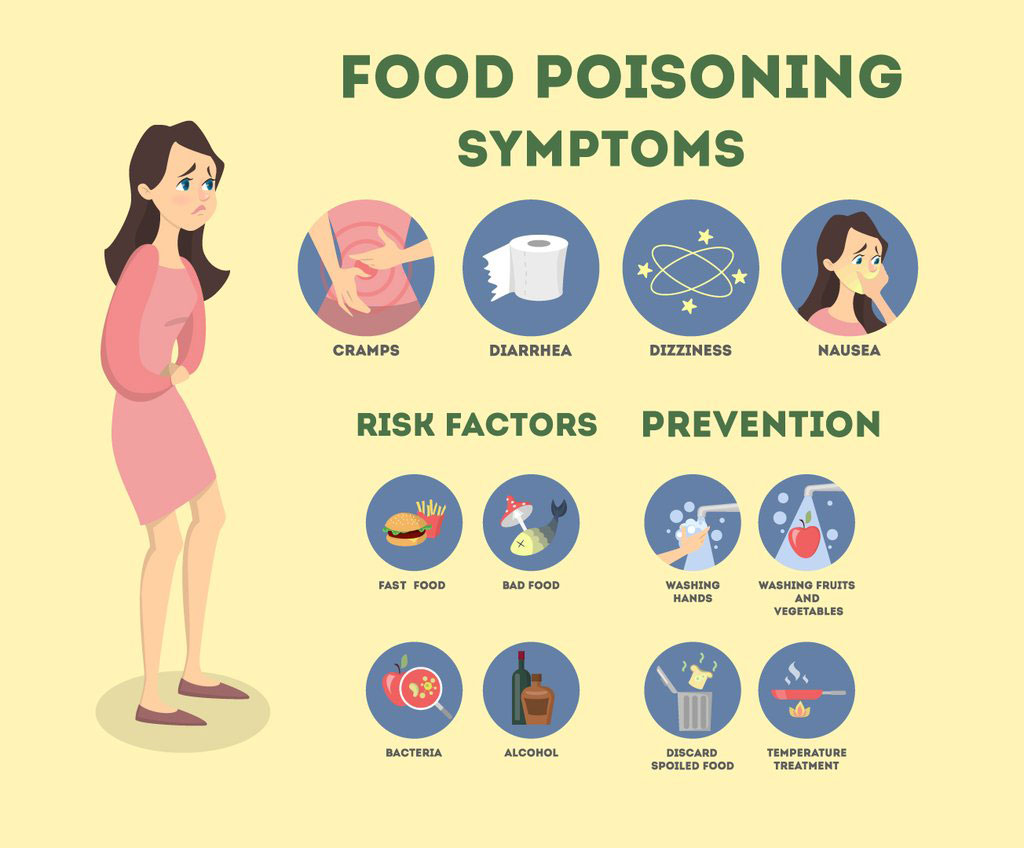
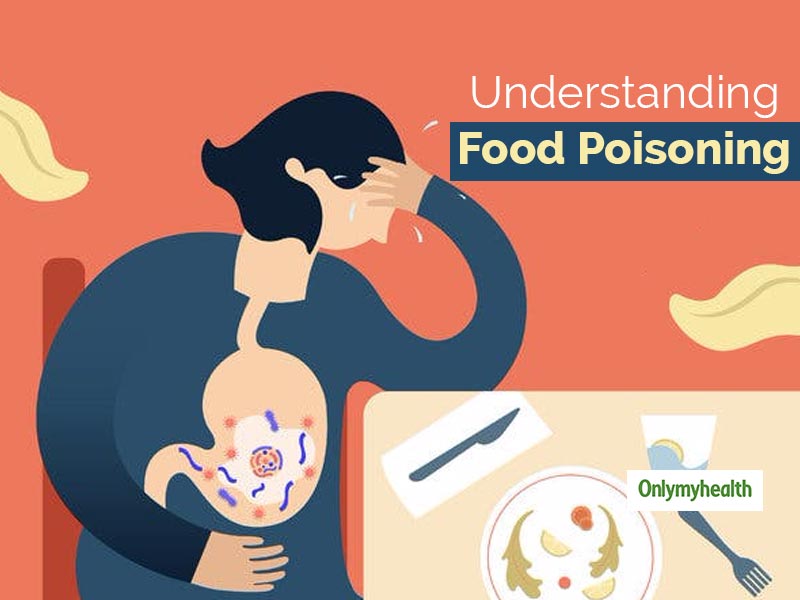

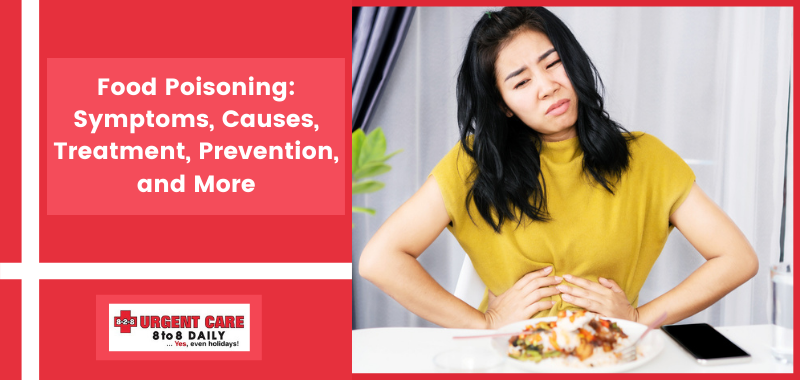

![Food Poisoning Symptoms, Prevention And... - Stock Illustration [71707350] - Pixta](https://t.pimg.jp/071/707/350/1/71707350.jpg)
